Project Subtitle:
Project Description:
In constructing the Benker residence, the Glastonbury Housesmith built a durable, energy-efficient, and healthy home for the residents. The home focuses on longevity, including features like extra insulation for rot prevention and a stronger structure for hurricane protection. Many homes use fossil fuels as an energy source, like a gas stove or heater. The extraction and burning of fossil fuels has a large, negative impact on the environment, which was the inspiration for the Benker residence to be 100% electric and use no fossil fuels. The home has a pole mounted solar tracking photovoltaic system that will provide more than enough energy for the home. In fact, an electric car charging station is installed to make use of the electricity produced on site. This house meets the energy standards of LEED, NGBS, ENERGY STAR, and DOE Zero Energy Ready Home programs. This energy efficient home has a very low air infiltration rate rate, so the maintaining a pollutant free indoor air is critical. The home has GreenGuard-certified, low VOC products, including drywall, insulation, and floor finishing. The Benker Residence strives to be a healthy environment for the occupant and a good neighbor focused on resource conservation.
Building Type Summary:
Other Awards:
CT Zero Energy Home Challenge Overall Winner (2014), Residential Award of Merit (CTGBC), RESNET 2015 Cross Border Builder Challenge (Lowest HERS Index)
Address:
Lat. / Long.:
Climate Region:
Occupancy Type and Details:
Owner occupied
Conditioned Floor Area:
Multiple buildings?:
Historic?:
Completion date:
Materials:
This home earned WaterSense certification. A rainwater cistern will provide water for a vegetable garden.
Energy Highlights:
This home is 100% electric and uses no fossil fuels. A dual axis pole mounted solar PV array maximizes the energy generation by following the sunlight. An electric car charging station is installed too.
HERS Index:
Subslab assembly:
5" of FoamGlas under slab (R-3.4/in)
Foundation wall assembly:
The foundation wall is a Thermomass centrally insulated foundation with a total R value of 20. This was the best option, when compared to an internally or externally insulated foundation. There is no foam on the exterior of the foundation wall which eliminates the issues of mold, trapped condensation, loss of internal space, a fire hazard, insect/animal infiltration and other possible damage. Owens-Corning Foamular XPS insulation was at the foundation because it is GreenGuard certified to be durable and low-emitting.
Above grade wall assembly:
This 2x6 wood framed wall has blown fiberglass in the wall cavity. On the exterior side of the wall 2.75" of mineral wool provides continuous insulation, taped ZIP sheathing creates a continuous air barrier and vertical strapping creates a rain screen. The stud framing employed open corners for a better thermal envelope. It is designed to the 2012 IRC wind loads.
Cathedral ceiling assembly:
5" closed cell spray foam was applied to the interior side of roof decking, then6.5" blown in fiberglass was added to the interior of that.
Space heating - Manufacturer & Model:
Space cooling - Manufacturer & Model:
Domestic hot water - Manufacturer & Model:
Ventilation - Manufacturer & Model:
Energy Use and Production Documentation:
Subslab R-value:
Slab edge R-value:
Foundation wall R-value:
Above grade wall R-value:
Cathedral ceiling R-value:
Average window U-factor:
Solar Heat Gain Coefficient:
Air Changes per hour, ACH50:
Project Photos:
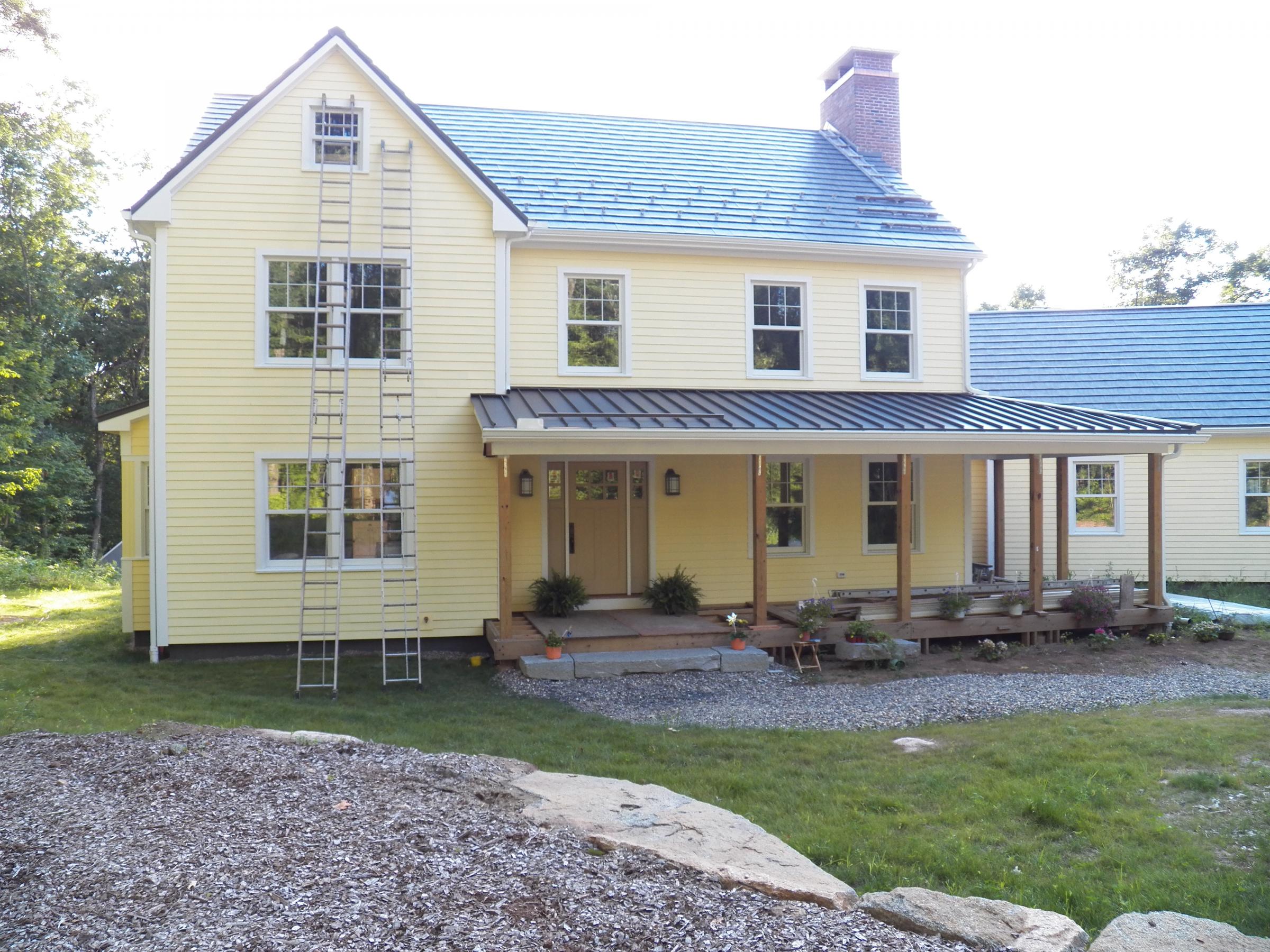
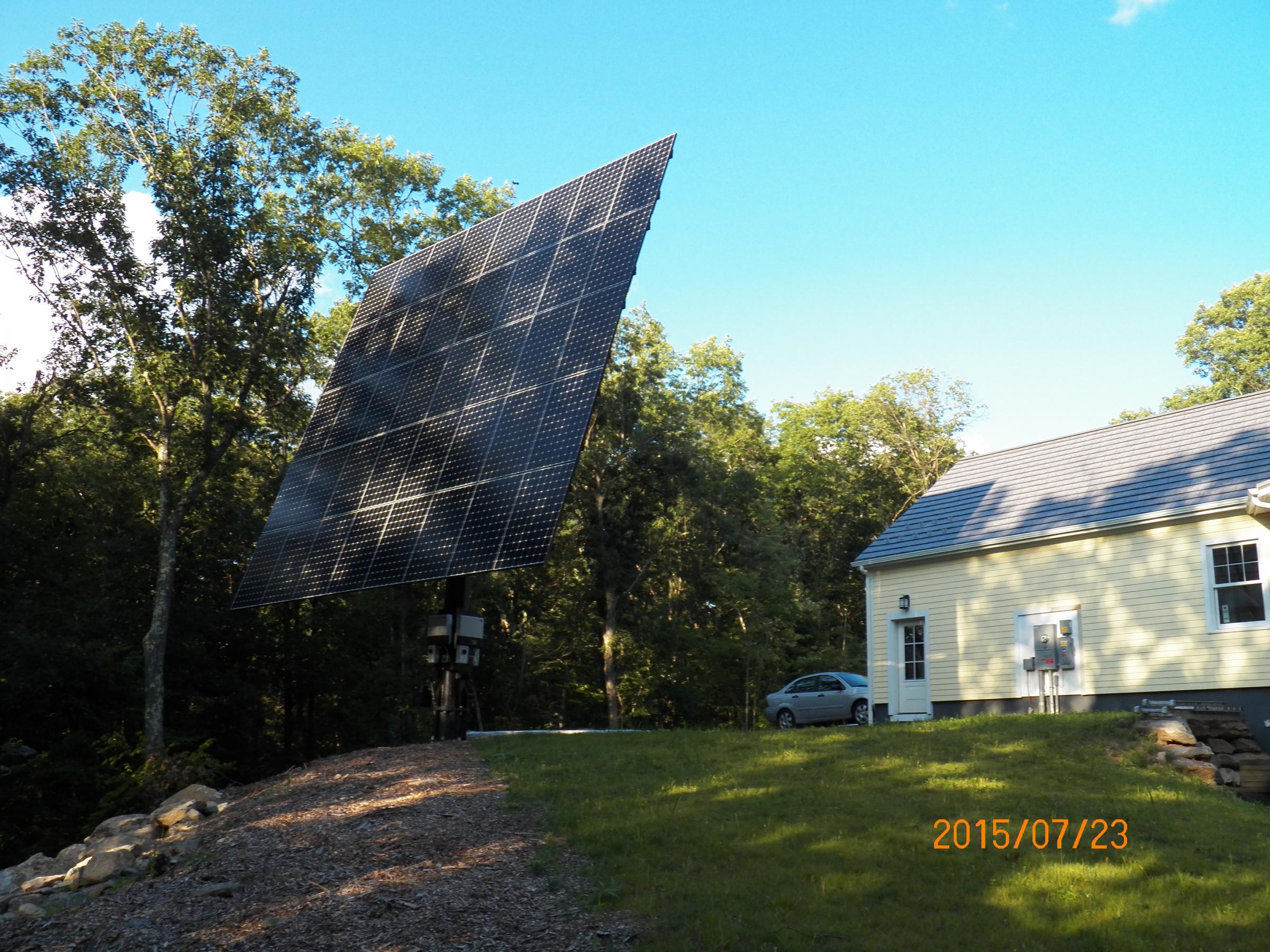
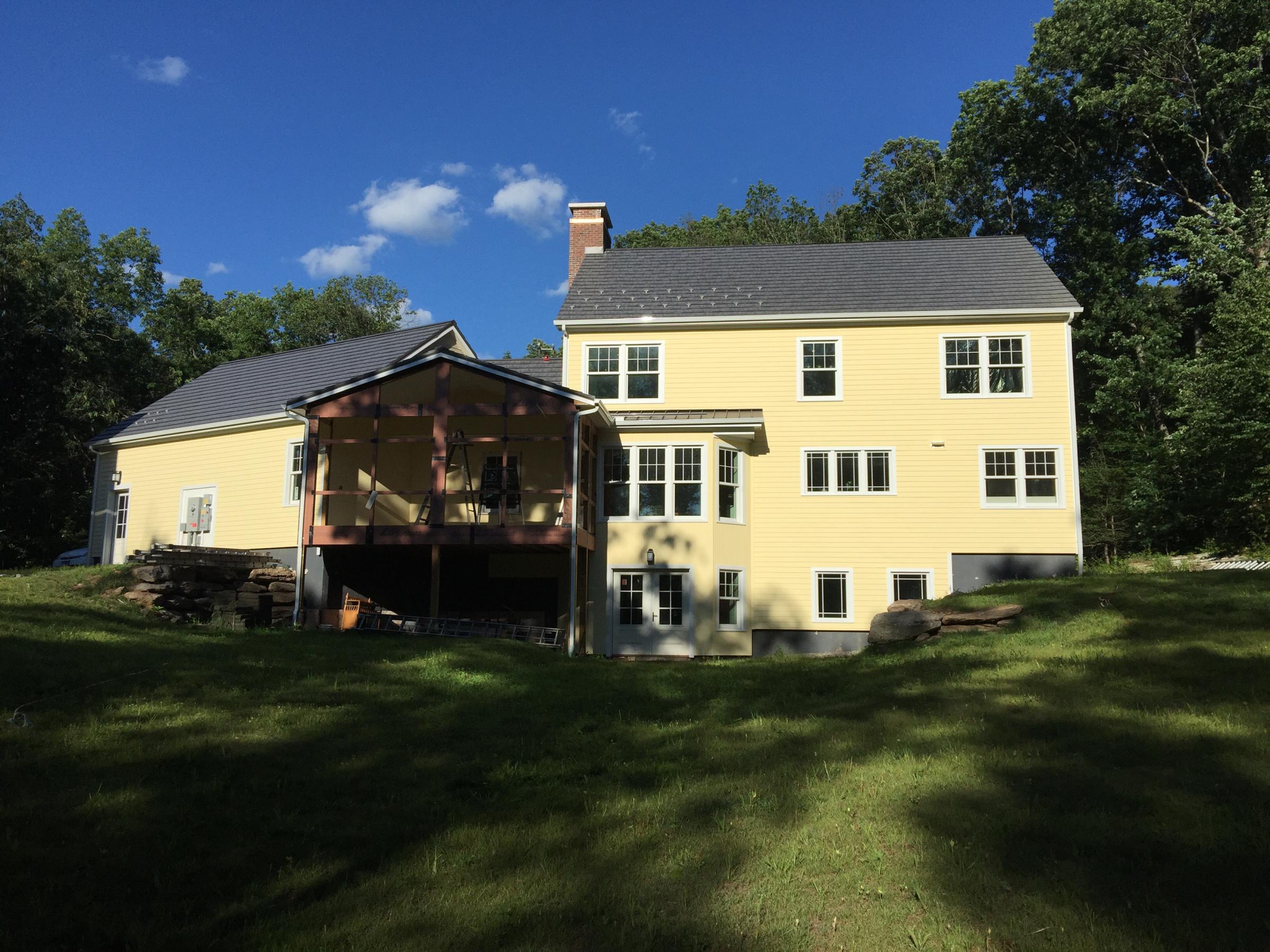
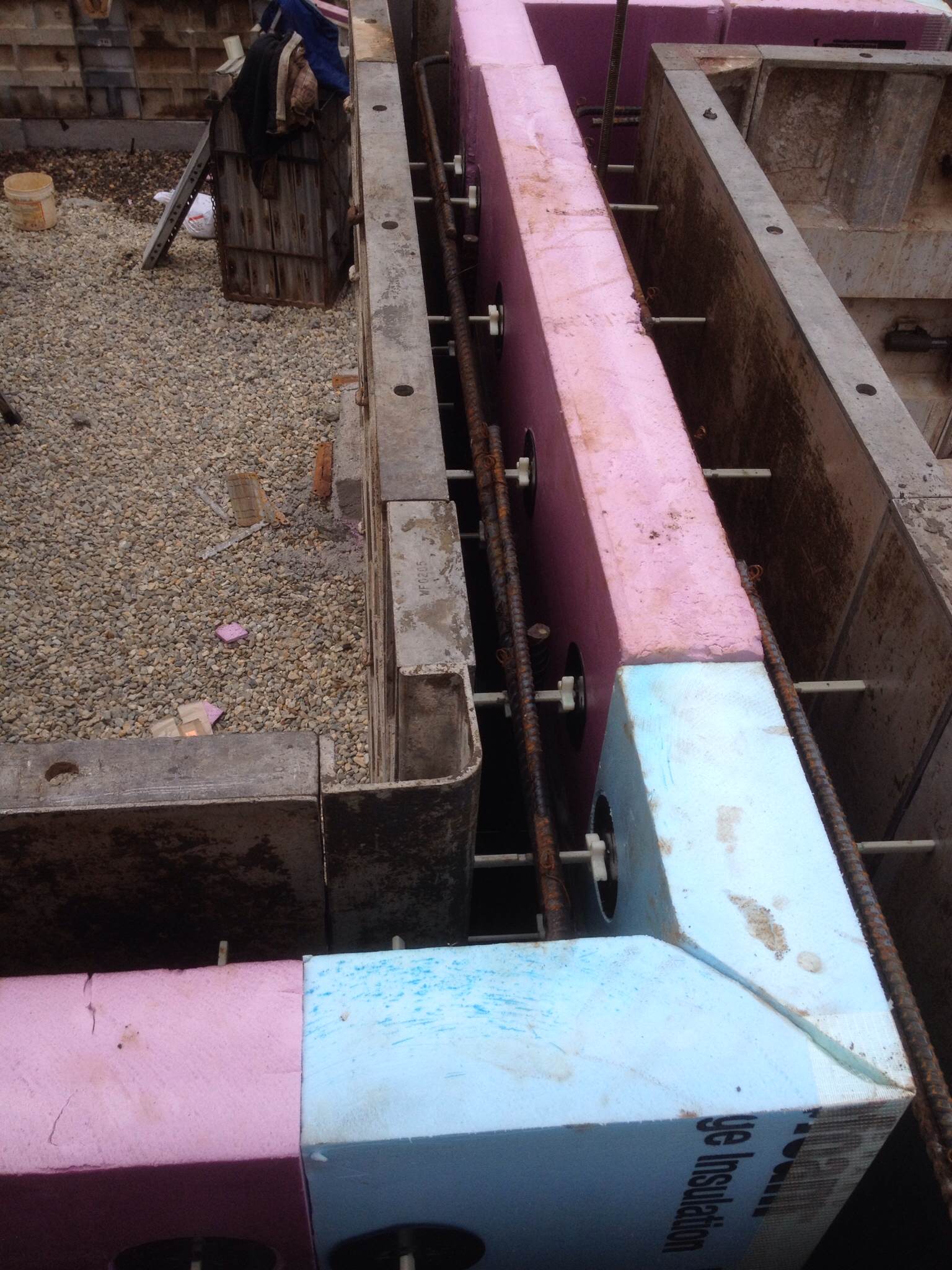
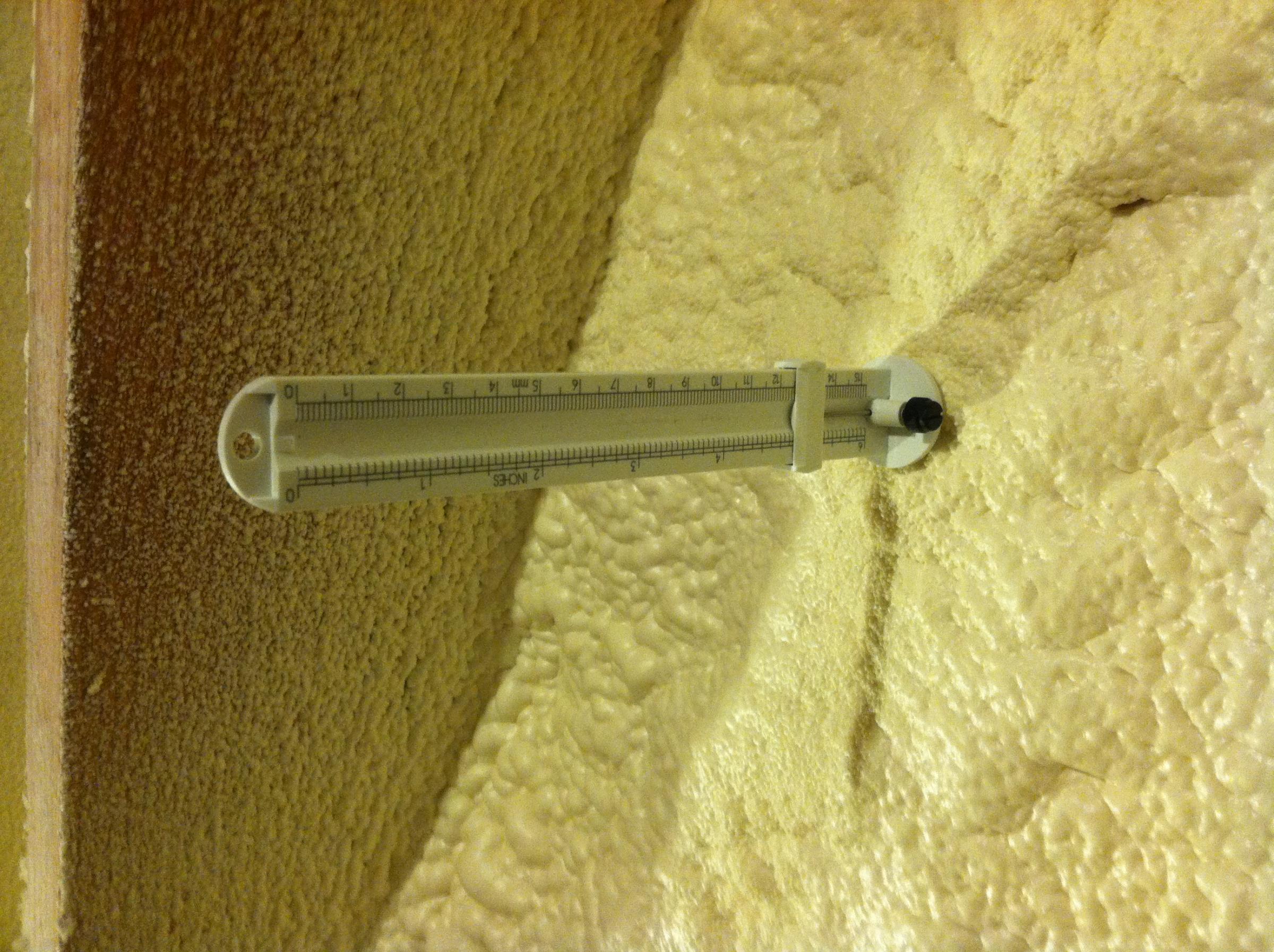
Renewable Energy Sources:
Summary of enclosure strategy/description:
The insulation strategy at the Benker residence focused on durability and a robust building envelope.
Window Description:
All windows are triple pane and have a low u-value. Windows were chosen by their solar heat gain to maximize winter solar heating and decrease summer cooling requirements by changing the solar heat gain coefficient of the glass depending on the direction of the window. North-, east-, and south- facing windows all have a high SHGC-0.36 while the west-facing windows have a low coefficient (0.16). U-values range from U-0.23 to U-0.26. Windows are triple glazed, argon filled, and wood framed.

Mechanical Equipment Installation Details and Comments:
The vertical geothermal system has 2 wells with 9 gpm loop flow. PEX tubing and an on-demand water heater recirculation system are used for water heating to minimize heat loss.